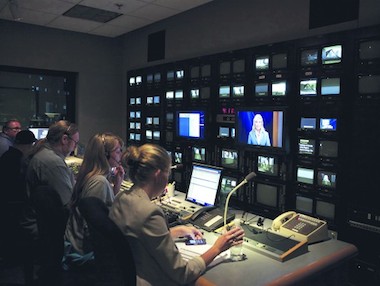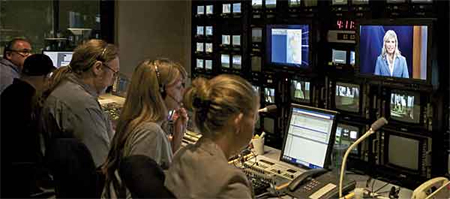Tag: KPBS
Paul Steen, leader of KPBS in San Diego for 26 years, dies at 82
Steen is credited with the decision in 1990 to add news to KPBS-FM’s format.Kansas City’s KCPT picks up gauntlet to expand local news coverage
Three years ago, a delegation from Kansas City Public Television, including the board chair, trekked out to San Diego’s KPBS to evaluate ...As newsrooms expand, employees at several stations push to unionize
Public media employees have increasingly sought to organize unions during the past two years, spurred by expanding newsrooms, shifting management priorities and ...Wednesday roundup: Texas Tribune launches op-ed site, WRAS students protest GPB incursion
Plus: Celeste Headlee tells Current about plans for Middle Ground now that she has a new job.In review of pubTV stations, CPB’s Krichels sees ‘energy in the system’
Ted Krichels, CPB’s senior v.p. for system development and media strategy, recently talked to Current about the 50-page “Public Media Models of the ...Preparing public media newsrooms to cover local crises
Crisis coverage will stress several layers of a public station's operating systems — from newsroom layout to editorial decision-making; from the flexibility ...PubTV stations move to pitch sustainer gifts during pledge
“Sustainers,” as this increasingly commonplace breed of member is called, renew at higher rates than those responding to traditional pledge pitches.Court would let public stations sell candidate and issues ads
No, there won’t be any windfall of Obama and Romney Super PAC gazillions for public stations this year. By a 2–1 vote, ...Multiplatform: KPBS extends its news expansion to television
With the launch of KPBS-TV's Evening Edition, the pubcasting outlet took another big step towards General Manager Tom Karlo’s ambitious goal to become “the ...On the beat in Juárez, you listen with your gut
As a reporter for the multistation “local journalism center” Fronteras: The Changing America Desk, I am surrounded by borders. I live in ...





